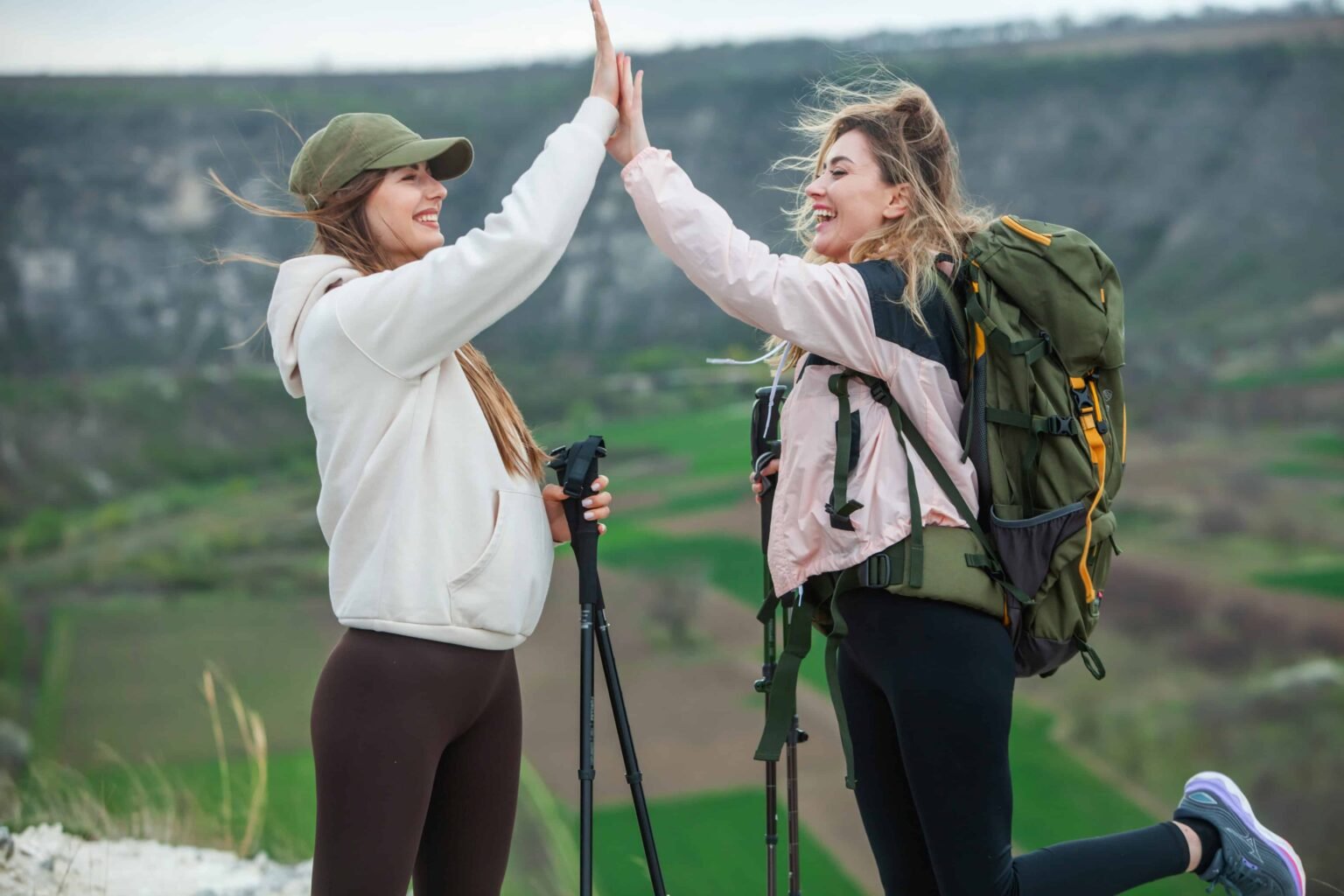Smart Living Starts Here – No Fluff!
Your boot catches on a hidden root, sending you face-first into a thorny bush. The sky that was sunny an hour ago now threatens rain, and your phone’s battery is at 10%. Hiking mishaps often strike when you least expect them—but these 8 hiking safety tips will keep you prepared, not panicked, on the trail. Think of it as your trail survival toolkit—no parachute required.
1. Check the Forecast—Then Check It Again
You wouldn’t bake cookies without preheating the oven, right? Same logic applies here. Weather apps are great, but mountains have their own microclimates. A sunny valley can hide a foggy ridge. Sites like Weather.gov offer hyper-local forecasts, and park rangers are goldmines for real-time updates. Pack layers (yes, even that “unnecessary” rain jacket) and assume temperatures will drop faster than your phone battery.
2. Tell Someone Where You’re Going (No, Really)
Texting your buddy “hiking lol” doesn’t cut it. Share your exact route, trailhead, and return time with someone reliable. If you twist an ankle or take a wrong turn, rescuers need to know where to start looking. Pro tip: Snap a photo of the trail map at the entrance—it’s faster than fumbling with GPS when service is spotty.
3. Water: Pack More Than You Think You’ll Need
Dehydration hits harder than a midday caffeine crash. A good rule? Half a liter per hour of moderate activity. For a 4-hour hike, that’s 2 liters minimum. Add electrolytes if you’re sweating buckets—trust me, plain water won’t cut it when you’re slogging up switchbacks.
4. Stay Found: Master Basic Navigation
Trail markers fade, and phone maps glitch. Carry a physical map and compass, and actually know how to use them. Apps like AllTrails are fantastic, but their offline maps can drain your battery. Better yet, practice the “handrail” technique: Follow a reliable landmark (a river, ridge) to avoid veering off-course.
5. First Aid Kit: Small but Mighty
You don’t need a hospital-grade setup. Focus on blisters (moleskin is magic), cuts (antibiotic ointment), and sprains (an elastic bandage). Toss in antihistamines for surprise allergies and a whistle—three sharp blasts is the universal “help” signal.
6. Wildlife Wisdom: Respect the Locals
Bears aren’t villains in a cartoon, and even squirrels get bold around snacks. Store food in bear-proof containers (required in many parks), and keep 100 yards from large animals. If you do spot a bear, talk calmly and back away slowly—no sudden moves or TikTok heroics.
7. Pace Yourself Like a Pro
Hiking’s not a race. Start early to avoid afternoon storms, and take breaks every 30-60 minutes. Notice your breathing? If you’re gasping like you just ran a marathon, slow down. Fatigue leads to clumsy steps, and nobody wants a sprained ankle three miles from the trailhead.
8. Know When to Turn Back
Summit fever is real—that stubborn urge to push forward even when conditions tank. But pride won’t keep you warm in a hailstorm. If the trail’s washed out, visibility drops, or your gut says “nope,” listen. The mountain isn’t going anywhere.
Hiking’s supposed to be fun, not a survival reality show. These safety tips are like that friend who reminds you to bring a headlamp—annoyingly right, but always looking out for you. Now lace up, pack smart, and go make some stories worth sharing—safely. 🌲





